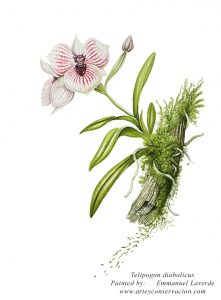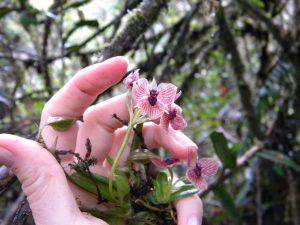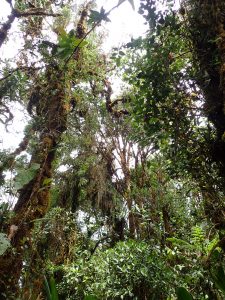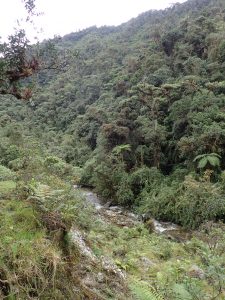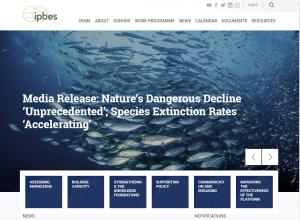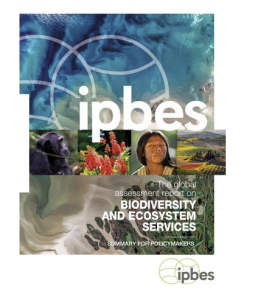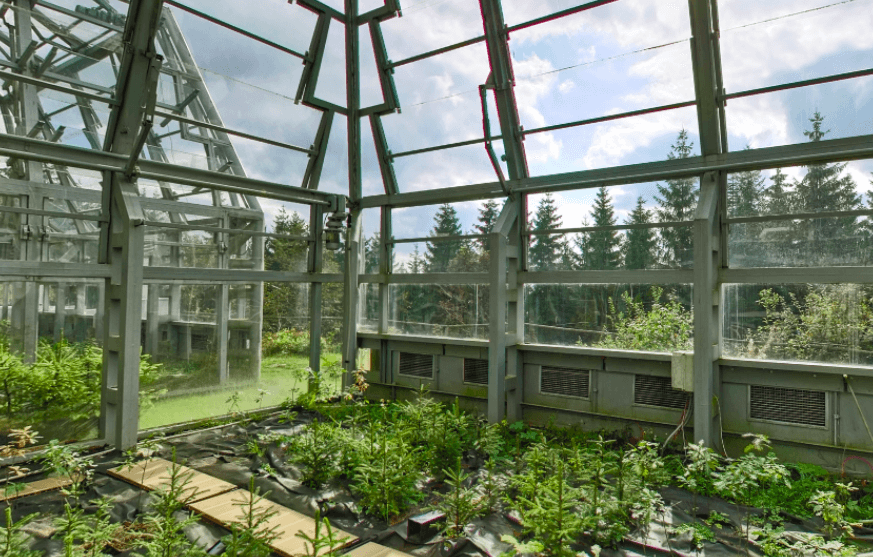RNDr. Zdenka Křenová, Ph.D. – head
Scientists:
Mgr. Karolína Bílá, Ph.D.
prof. RNDr. Pavel Kindlmann, DrSc.
Mgr. Nataliya Korolyova, CSc.
Mgr. Binu Timsina Rokaya, PhD.
Mgr. Maan Bahadur Rokaya, Ph.D.
Mgr. Zuzana Štípková, Ph.D.
RNDr. Iva Traxmandlová, Ph.D.
Others:
Lenka Atexingerová
The task of the Department of Biodiversity Research is to perform basic research in fields including evolution ecology (in particular the evolution of life strategies), population dynamics (especially predator–prey and plant–pollinator systems), and stability of ecological communities using theoretical, experimental and field approaches, particularly in the context of current climate changes, and to pass on such knowledge through teaching and publications. The results of this research will be applied in the protection of biodiversity, nature conservation, and biological control of pests. At present, the main model groups are terrestrial orchids, aphids, aphidophagous insects and large mammals. Besides the Czech Republic, the department conducts field research also in France, Nepal, Bolivia and Papua New Guinea.
The department’s main objectives are to:
a) study the impact of GCC on population dynamics of insect pests of agricultural crops (mainly aphids) and their predators (e.g. such model groups as ladybugs and ground beetles) while applying different scenarios of landscape use, GCC, and intensification of agricultural activities in the landscape;
b) evaluate the impact of GCC on ecosystem functions, particularly at the level of relations between an insect pest and its natural enemy under various schemes of agroecosystem management;
c) analyse the impact of changes in temperature (possible consequence of GCC) on the population dynamics of some rare species;
d) evaluate the importance of bio-corridors in facilitating species migration necessary for their survival under GCC and their importance as shelters and overwintering sites for the monitored organisms;
e) evaluate the dependence of changes in biodiversity (especially species loss) and ecosystem services caused by the effects of GCC on landscape connectivity; and
f) analyse changes in basic laws governing the dynamics of ecosystems and the interactions between species with changing temperature.
New orchid species
The Biodiversity Research team discovered more than new 200 orchid species. Most of them were found in South America (Bolivia, Peru, Ecuador, Colombia). One of our findings, Telipogon diabolicus, was included in the list of the Top 10 New Species which was announced in 2017 by the International Institute for Species Exploration. The information about the discovery of the ”Devil orchid” has spread all over the world via Washington Post, Discovery channel and National Geographic.
Research Station in Colombia
The Biodiversity Research team is working now on establishment of the tropical field station in the Colombian Andes. Together with “Biodiversitatis” Foundation and the University of Lodz we are going to construct research facilities in the Sibundoy valley. The eastern and western slopes of the major valleys in this region have substantially different plants and animals, and many species are restricted to single mountaintops or ranges. These are likely to be the richest tropical montane forests on Earth. In the Northwestern Andean montane forests flowering species are extremely diverse and up to 300 species can be found in a single hectare. This ecosystem is also home to spectacled bear (Tremarctos ornatus) and andean tapir (Tapirus pinchaque). The objectives of the station will be research, education and nature conservation.
Participation in the UN-supported World report on biodiversity
Two members of the Biodiversity Research team are (coordinating) leading authors of the Global Assessment Report on Biodiversity and Ecosystem Services, issued in May 2019 by the Intergovernmental Platform on Biodiversity and Ecosystem Services, IPBES (https://ipbes.net/). IPBES is to perform regular and timely assessments of knowledge on biodiversity and ecosystem services and their interlinkages at the global level.
The key mesages include:
- A. Nature and its vital contributions to people, which together embody biodiversity and ecosystem functions and services, are deteriorating worldwide.
- B. Direct and indirect drivers of change have accelerated during the past 50 years.
- C. Goals for conserving and sustainably using nature and achieving sustainability cannot be met by current trajectories, and goals for 2030 and beyond may only be achieved through transformative changes across economic, social, political and technological factors.
- D. Nature can be conserved, restored and used sustainably while other global societal goals are simultaneously met through urgent and concerted efforts fostering transformative change.

